This chapter in the PhotoBotanic Garden Photography Workshop covers a wide range of ideas to help you create your own style, to provoke and inspire your viewers; it includes suggestions for image manipulation, which we will cover in greater depth in Section 4 (Cameras and Computers). We begin to move beyond the picture itself toward the overarching idea that our photographs are intentional and that they tell a story.
The photo (above) of tall succulents in a narrow bed against a white stucco wall was taken in bright sun to accent the shadows. The intriguing composition is meant to provoke the viewer to think about planting design and sunlight.
The glass balls floating in a reflecting pond were not at all what I expected to shoot at the Missouri Botanical Garden.
My fascination with the orange kniphofia, tucked away in this otherwise complex border by Gary Ratway, suggested to me an abstraction.
The digital camera, the computer, and the simplest of tools, now available even on smartphones, allow every photographer to be provocative. We will explore special effects and filters in great detail in Book Four in the workshop series (“Camera and Computer”); here, I want you to get comfortable with putting personality into your photos and creating your own style.
The process of developing ones own style begins by appreciating what is important in a garden, as discussed in the last lesson, and then using the camera as a tool to communicate and to intrigue. We want to provoke the viewer to take a closer look at the garden, as we see it, and find an impression, an interpretation, a unique expression that has intrigued us. We need to go beyond the grab shot that merely documents the garden and only says “I was here.”
Look for an interesting angle, drop low for a worm’s-eye view, or look up; shoot from under a tree’s overhanging branches, juxtapose garden features. Follow your creative impulses; you will develop your own style.
Find those ocassions when you can be consciously provocative. Show something unexpected or curious to intrigue your viewer. And have fun, be whimsical, push your creativity.
It’s easy to be whimsical when the garden is whimsical. In this “undersea garden” designed by Jeff Moore (above), the building beyond the garden was painted blue. This close-up composition takes us out of context entirely, by relegating the building to merely a colorful “aquatic” backdrop.
It can be great fun to produce a photo that is intentionally provocative. There are times when we have an insight and want to play with our audience. A photo might ask a question that is serious—or silly. Our insight need not be profound, and the question may be merely rhetorical: why does the photographer ask me to look at this? What am I seeing? What does this mean? But you want the photograph to be interesting enough to warrant a good look.
For this garden show installation called “The Grow-Melt Project,” I looked directly into the sun to emphasize the melting block of ice. Whether this project is about the earth heating up, or the preciousness of water, or some other notion is unimportant. The photo provokes us to look closely and ponder what it all means.
Of course, we hope that all our photos ask to be looked at closely. We garden photographers are simply the messenger, transmitting the garden’s beauty to others. But there are times when we find a garden’s deeper meaning, through which we hope to intrigue the viewer.
Or we can provoke with obviously whimsical elements, as with this image of “A Place to Dream;” a bit of whimsy causes us to question our assumptions about just what a garden bed might be.
As we hone the craft of garden photography, some of the most enjoyable and satisfying photos are those that we imbue with personal meaning—where the garden reveals an insight, and we want to share that with others. This is the excitement of photography.
In the above photo of “Bambusa ceramica,” ceramic sculptures displayed in the garden of artist Marcia Donahue, we may not know what this photo is about, but we are intrigued to look closer and question.
As garden photographers, we have an edge in that our audience wants to appreciate what we do. Our audiences are gardeners, or at least those individuals who have learned to appreciate gardens in some way. In deciding what photos to take and which ones to share, we assume the viewer will know that the inspiration began in a garden. We also must assume our audience will understand that there is intention behind the photos and hope they are curious enough to find their meaning.
If the viewer is intrigued enough to look at this photo carefully, it becomes obvious that the woodland scene is not wild, that the morning light is streaming through trees in a garden. The clue is the ceramic pot used as a focal point.
This next photo illustrates a marvelous example of a sustainable garden. Now I’ve got you. You are a gardener and you will want to study the photo.
A gardener will be delighted to find all the elements of a sustainable garden—compost pile, cistern with rain gutter, chickens, berries growing in rich organic soil—and will appreciate the thought behind the photo. A non-gardener is unlikely to give the photo a second look or to learn much from it.
Sure, we want images that are compelling in their own right, that are well composed and of interest to a broad audience, but our subject here is gardens and that brings certain assumptions, subtle or substantive, that allow you, the photographer, to create your own style of communication. No lesson or book can do this for you. It happens by taking lots of pictures, in lots of different gardens, and learning what you like and what has meaning for you.
Increasingly we can provoke with digital manipulation.
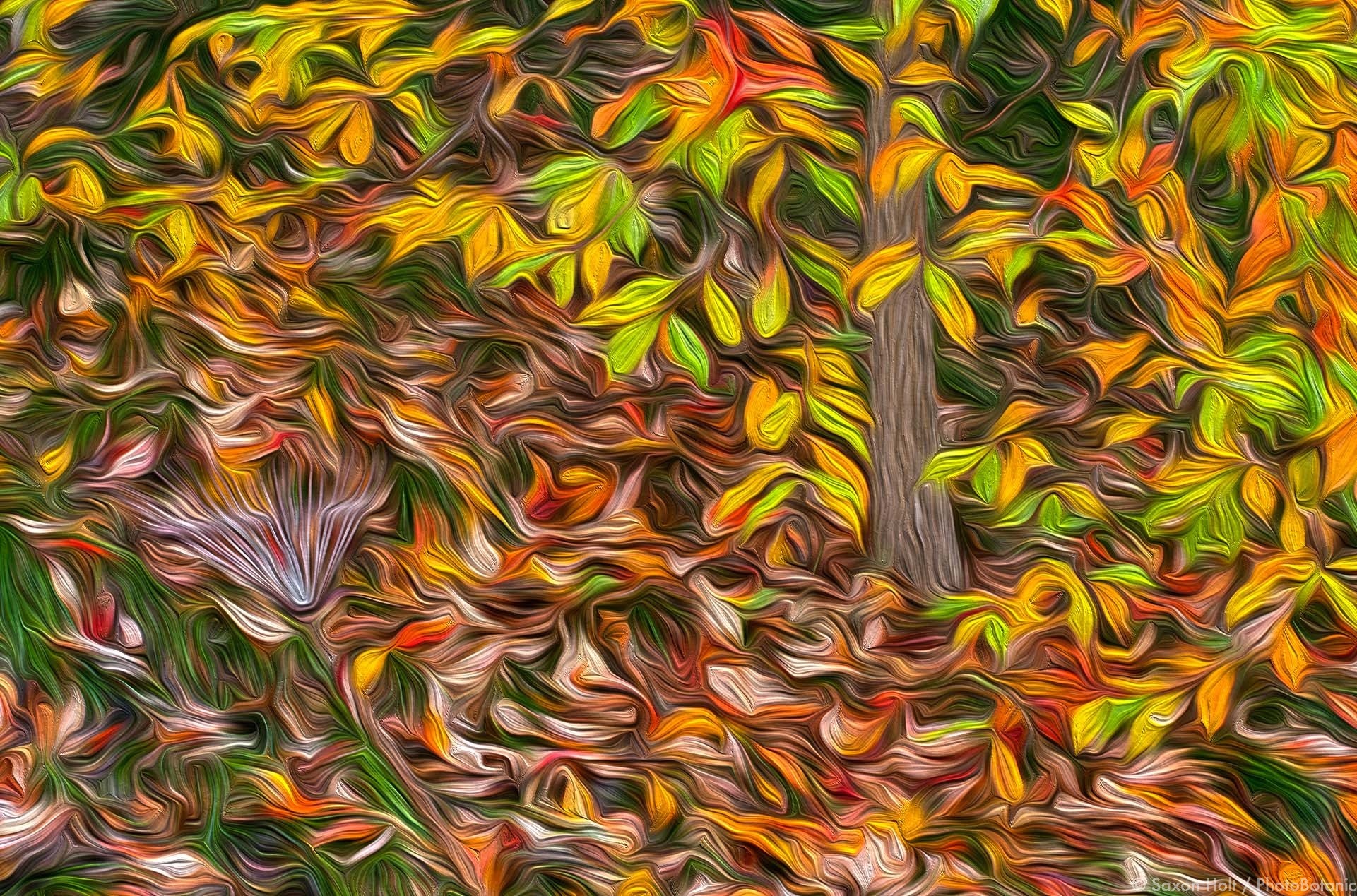
These special features and software tools truly allow the photographer to provoke and even startle viewers to question what they are looking at. In truth, the practice can be a bit gimmicky, and it’s too easy to overdo the manipulations, but it is also fun and allows us to experiment and create our own style.
The tools are so new, and still evolving with every new generation of camera, that there are no established traditions or rules yet. It is important to start with a strong and well-composed image and not try to simply rescue a weak photo. In “Leaves Left Unraked,” note the strong underlying composition using the rule of thirds that we talked about in lesson 1.2. If the garden inspires us to try our hand at art, then we should go for it—and have fun.
“Of course, there will always be those who look only at technique, who ask ‘how,’ while others of a more curious nature will ask ‘why.’ Personally, I have always preferred inspiration to information.” Man Ray
These techniques are tools of artistic expression, to be discussed in greater depth in Section 4. For now, as you develop your own style, your own vision, and your own way of communicating, give yourself permission to play, trust your eye, see with intention, use all the tools the camera offers to provoke and intrigue.
Recognize that the camera always lies, in the style of the photographer, who chooses what to shoot, what to include, how to crop it or edit it, and when to share it. Our best images are not random accidents; they are our interpretations, our truths, our little lies about what we want others to see.
This becomes your style, your own way of storytelling.
Additional posts for Provocation. Lesson tag 1.5
Whimsy and Provocation – Unexpected photos at Berkeley Botanical Garden




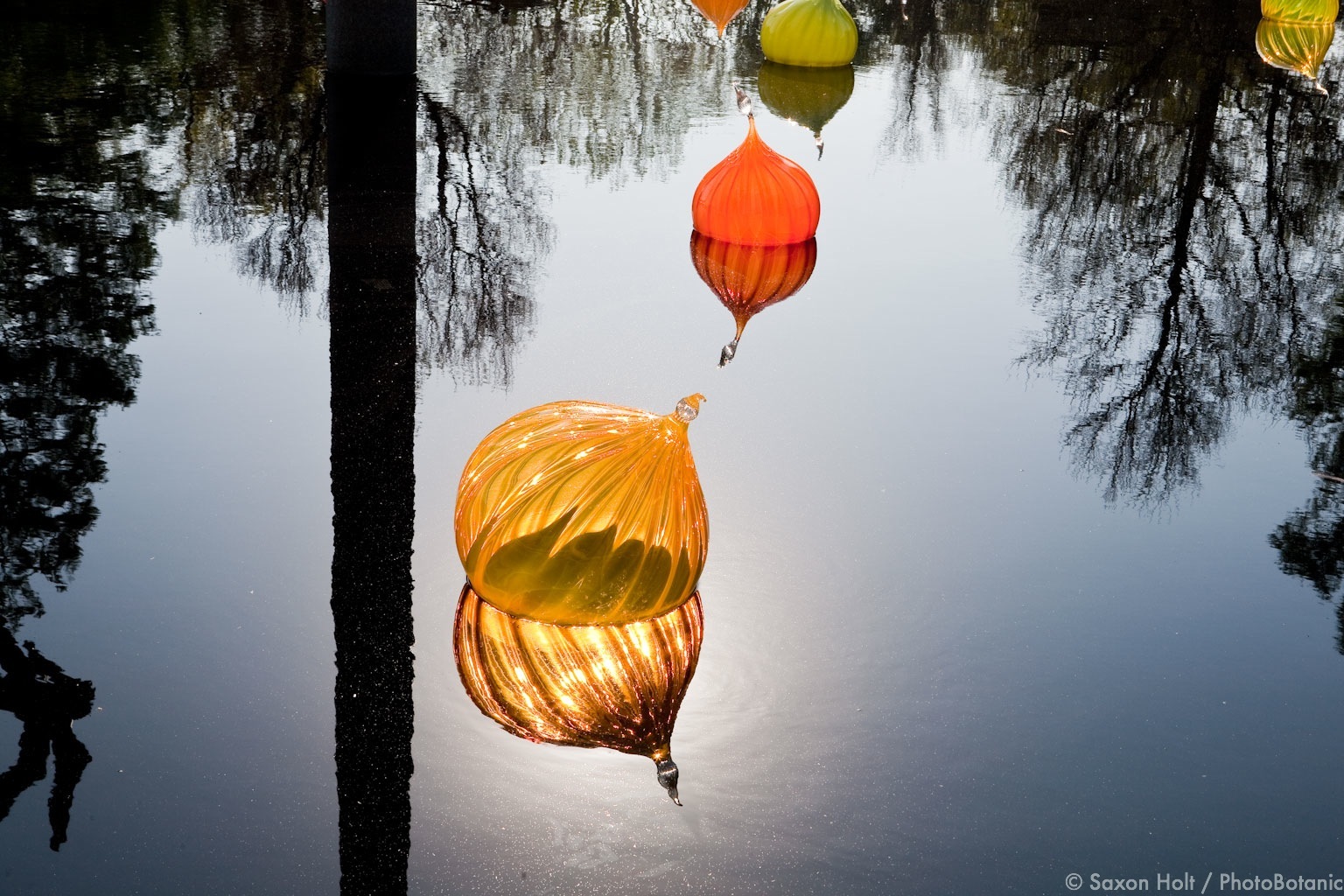
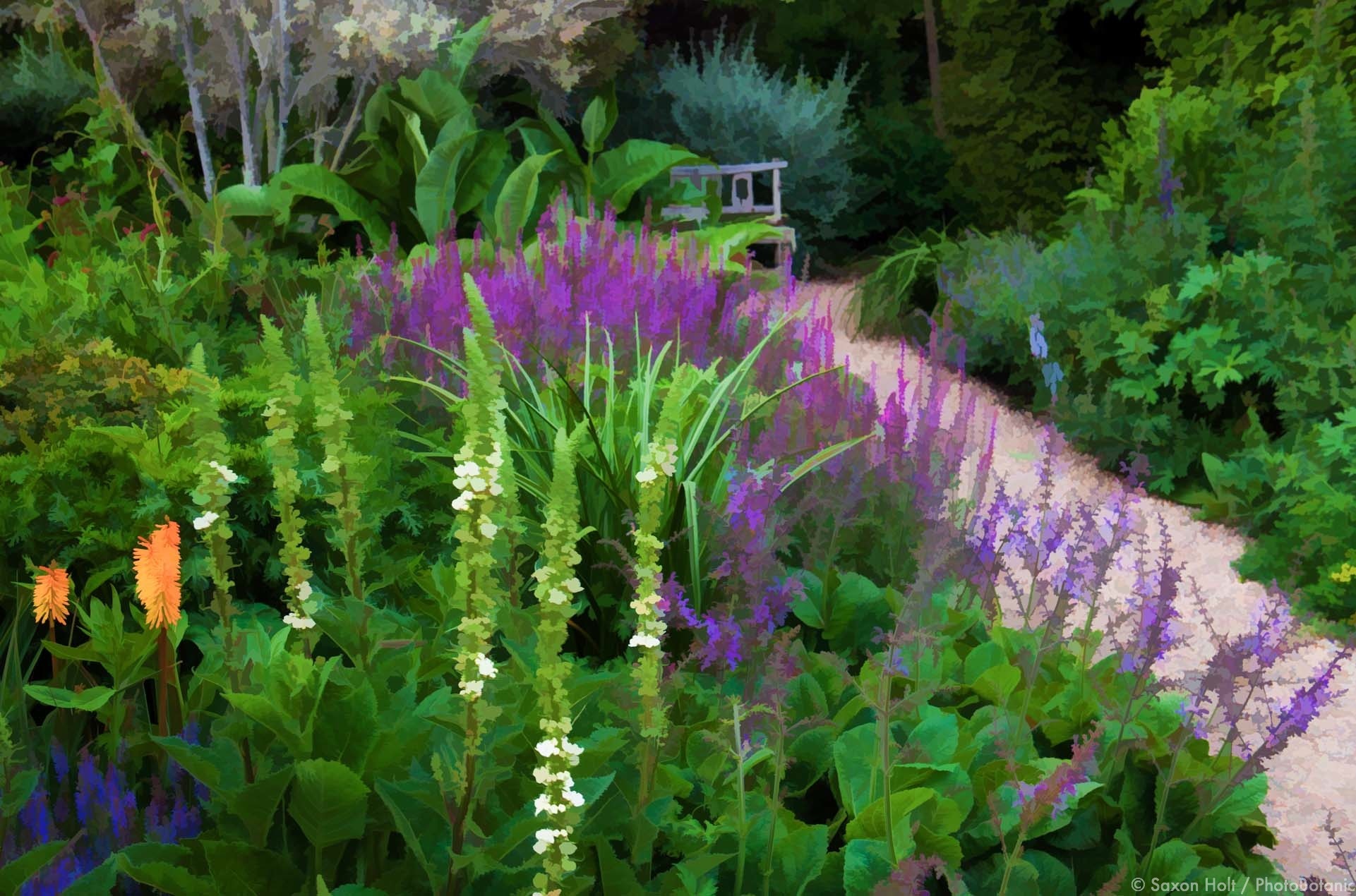
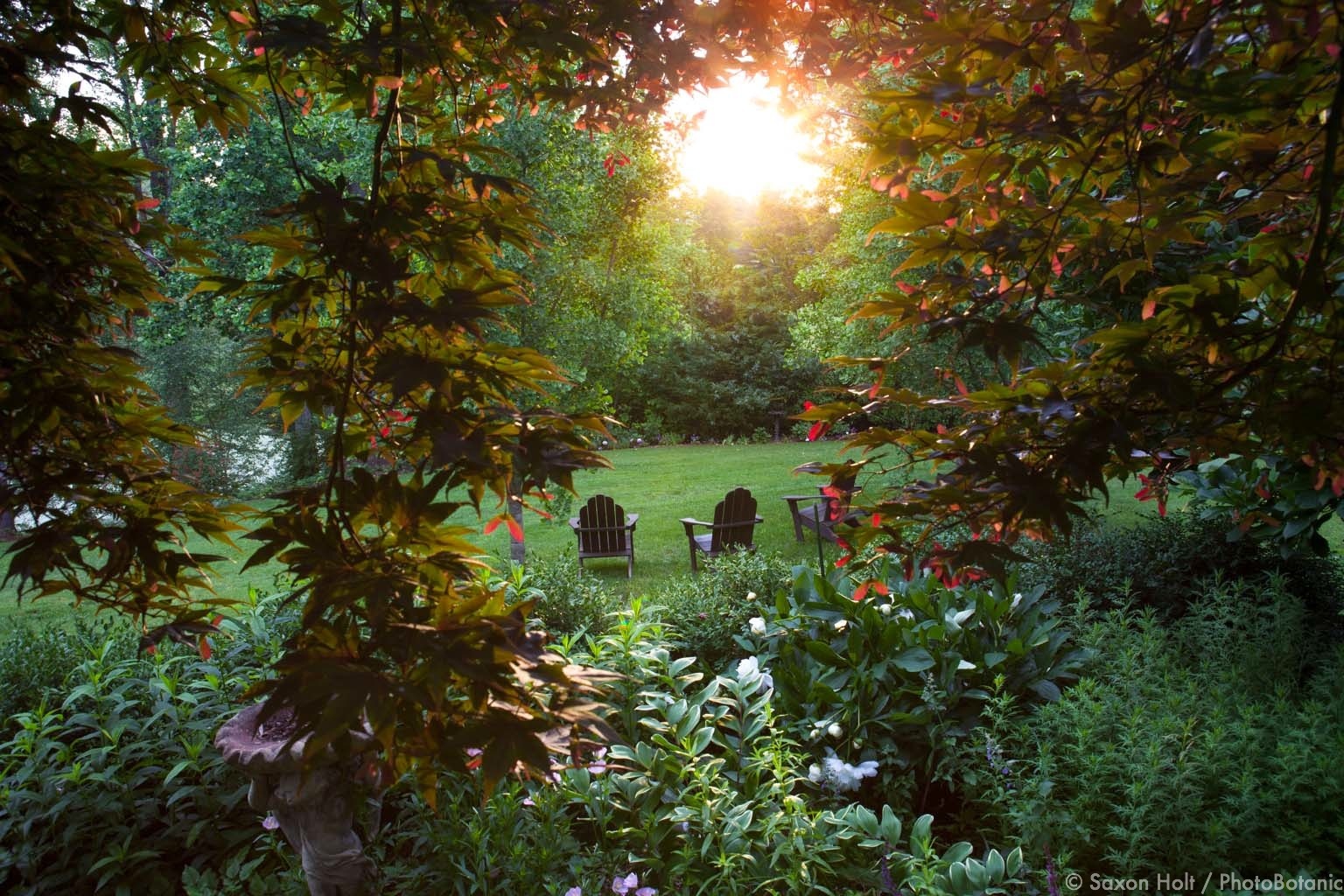

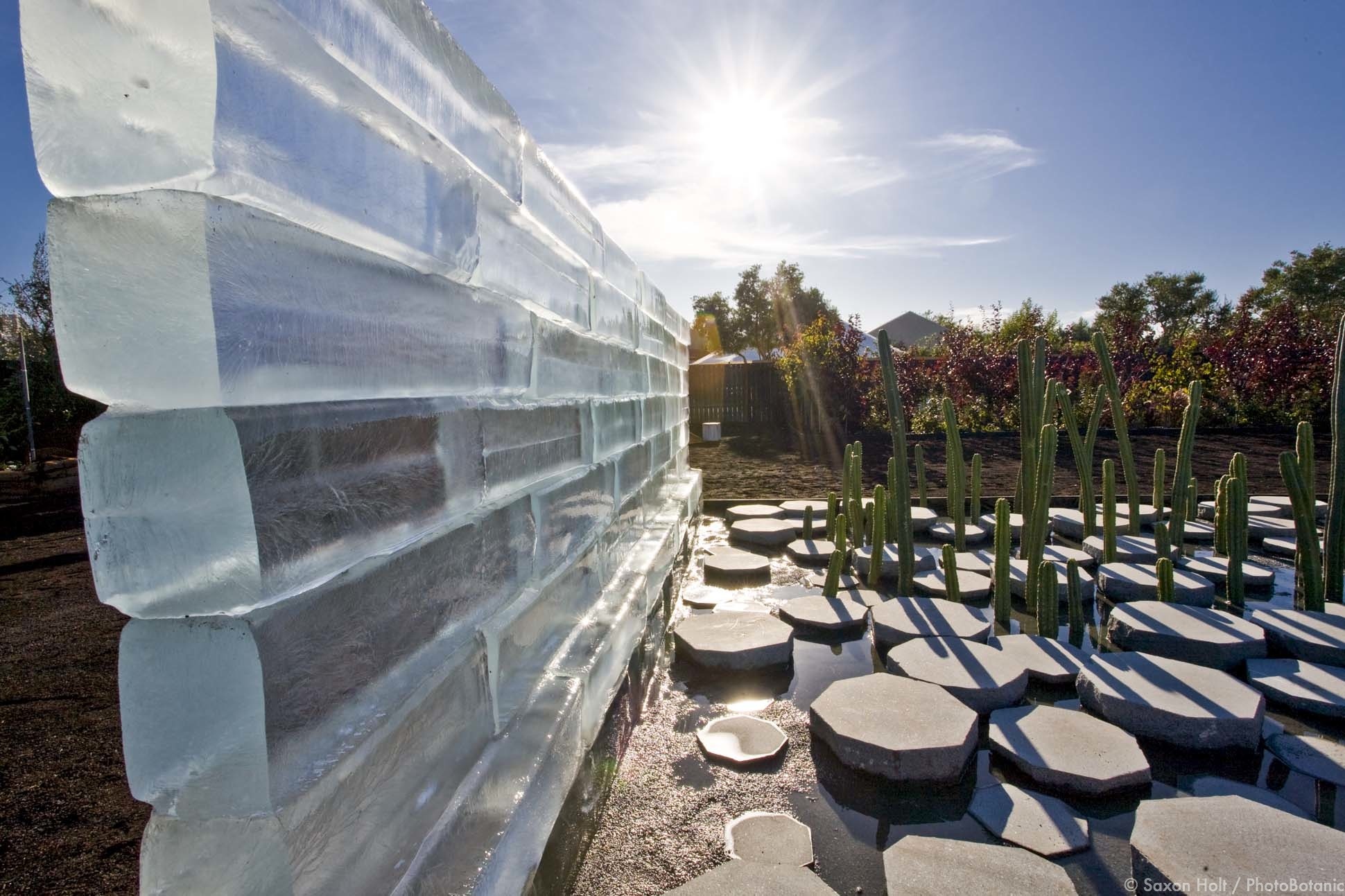
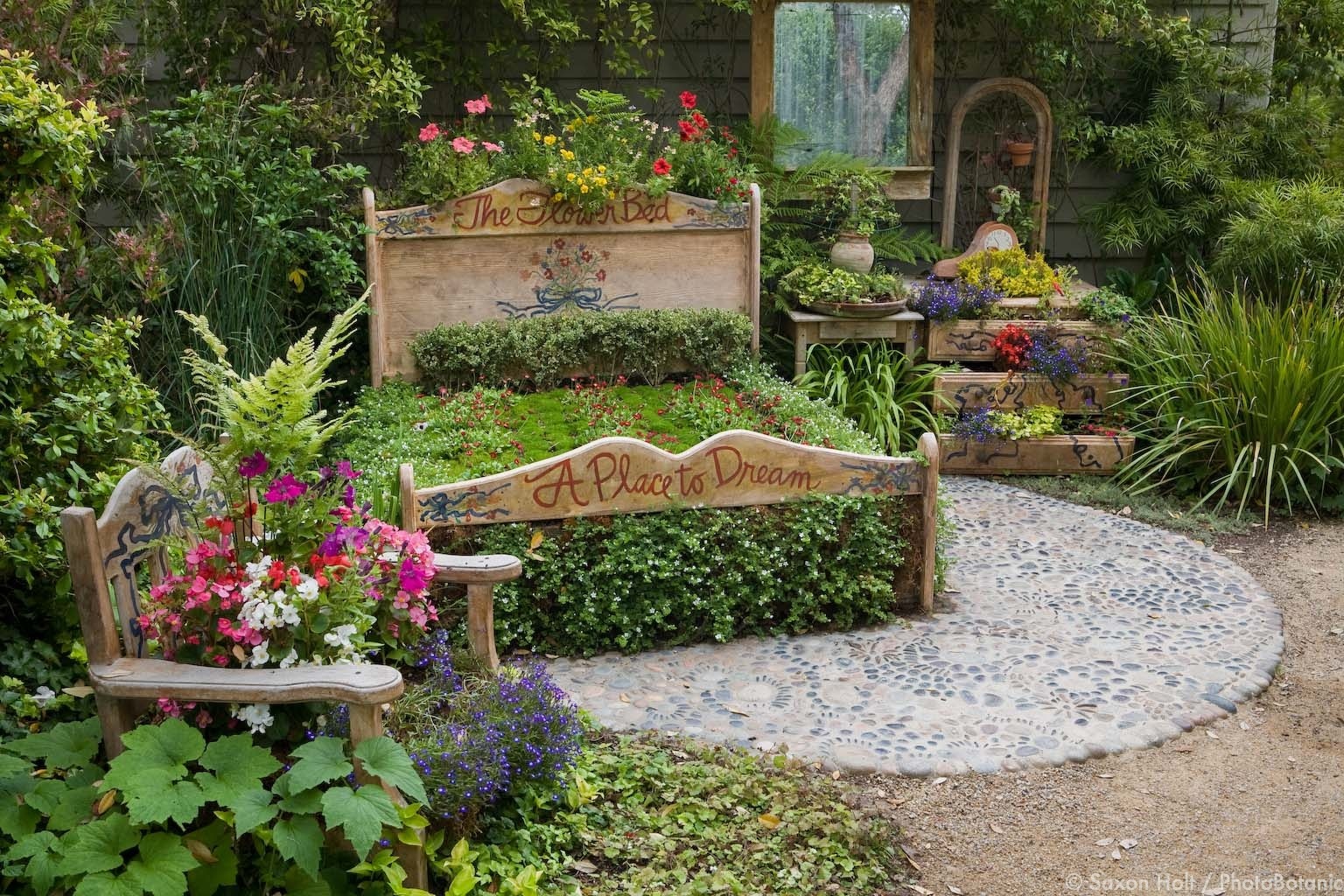
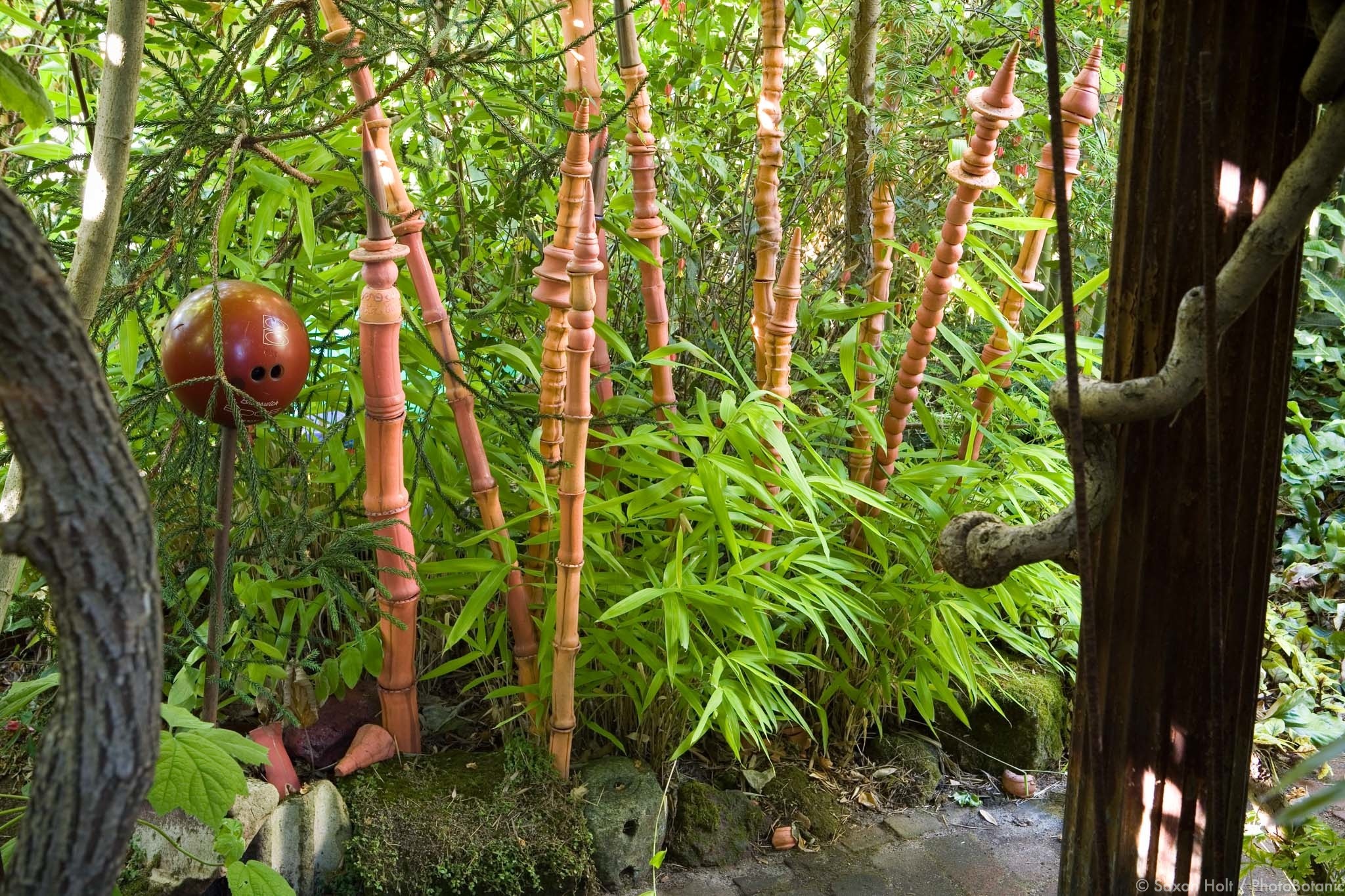
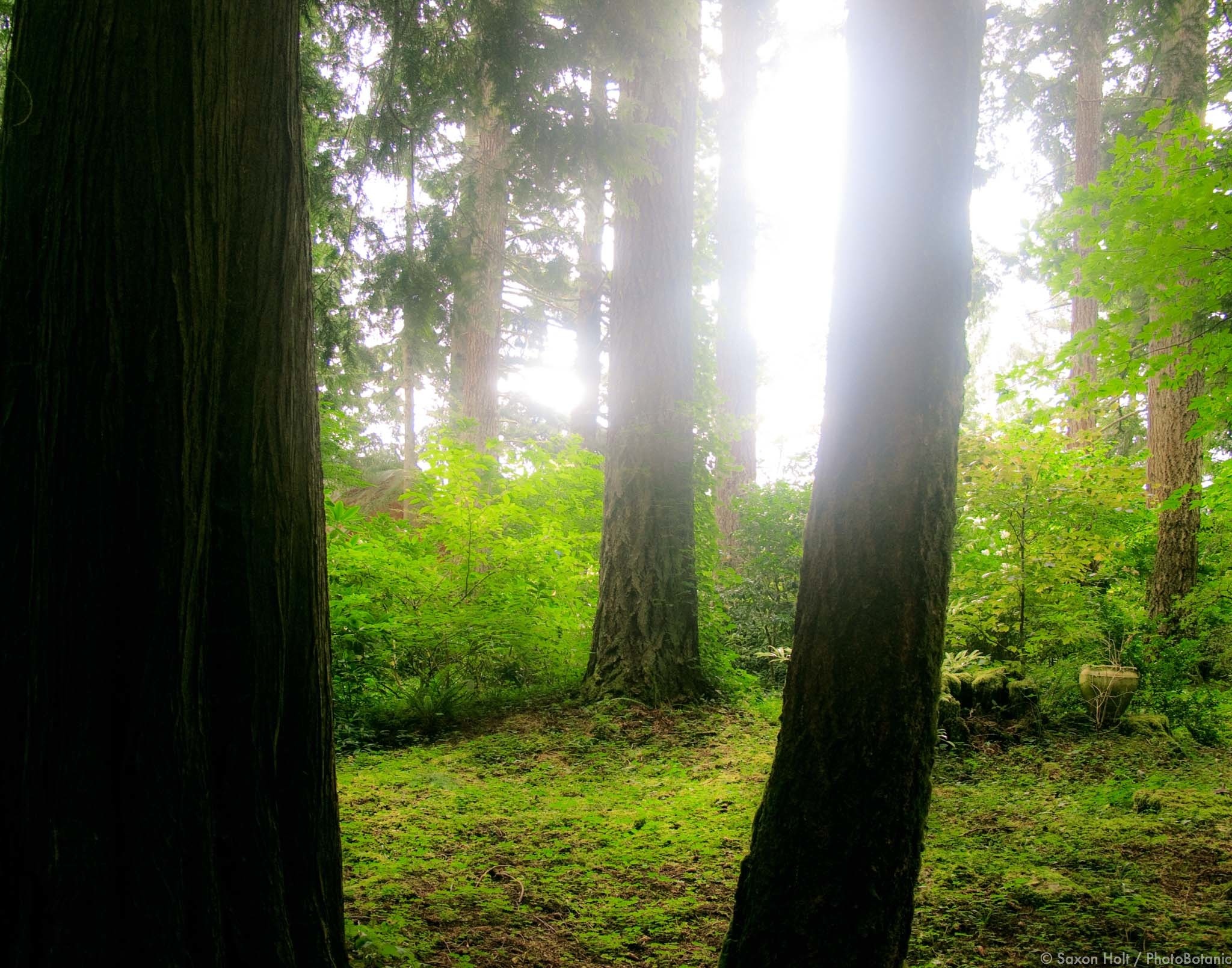

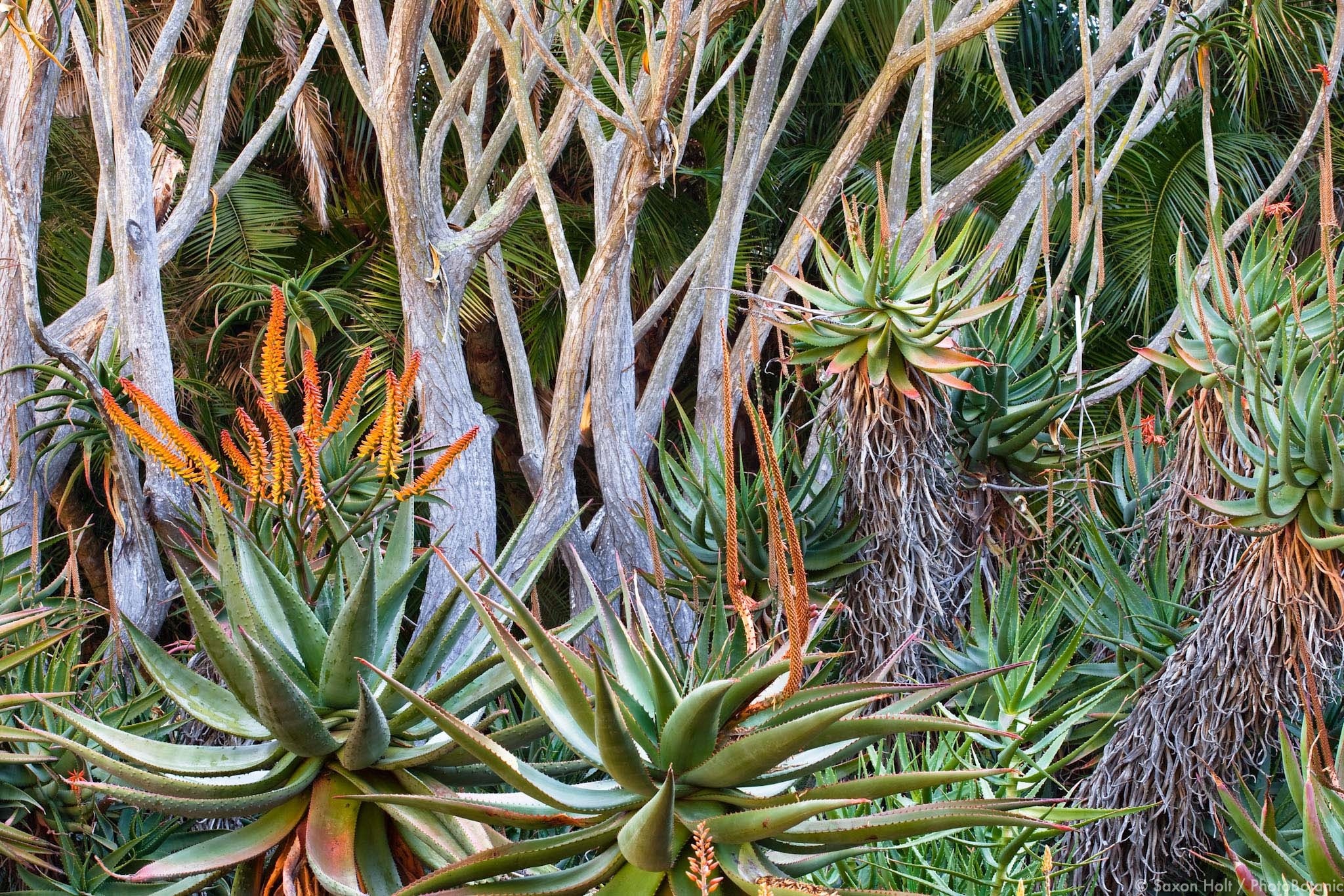




Leave A Comment